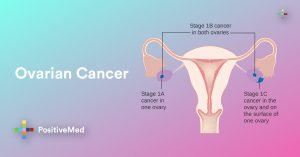Stroke is a serious medical emergency that requires awareness and timely treatment to prevent disability or death. Though 80% of strokes are preventable, they remain the 3rd leading cause of death in the United States, killing more people than homicides, suicides, and hypertension combined. Nearly 150,000 Americans die from a stroke annually, there are more reports of stroke in young adults each year, and even though healthy lifestyle choices may decrease risk, over half a million Americans suffer a stroke each year.

What is a stroke?
A stroke is a “brain attack”. The brain is the epicenter of all functions in your body (i.e. movement, digestion, emotion), and needs an adequate supply of oxygen from the blood to properly function. A stroke occurs when a clot blocks a blood vessel in the brain , disrupting the blood supply. Without enough oxygen the brain cells die, resulting in brain damage, disability, and even death. This type of stroke, and Ischemic Stroke, accounts for over 85% of strokes. Another, less common, type of stroke is called a Hemorrhagic Stroke and occurs when there is a bleed in the brain.
Risk Factors and Prevention
The uncontrollable risk factors for stroke are age, gender, race, genetics. Strokes are more often seen in adults over 65; however, one-fourth of all cases are in people under 65. Nationally, women lead in stroke occurrences, having 55,000 more strokes each year compared to men. African Americans and Hispanics have a higher risk for strokes given the greater occurrence of hypertension, diabetes, and obesity seen in these groups. Family history and heredity are also risk factors for stroke. Genetic disorders such as sickle cell disease or family history of obesity can increase a person’s risk for stroke, especially when combined with other unhealthy habits.
The controllable risk factors include Stress, high blood pressure, diabetes, elevated cholesterol, obesity, excessive alcohol consumption, and tobacco use. All can be controlled through healthier choices such as healthier food, more exercise, and monitoring blood pressure, cholesterol and blood glucose.







